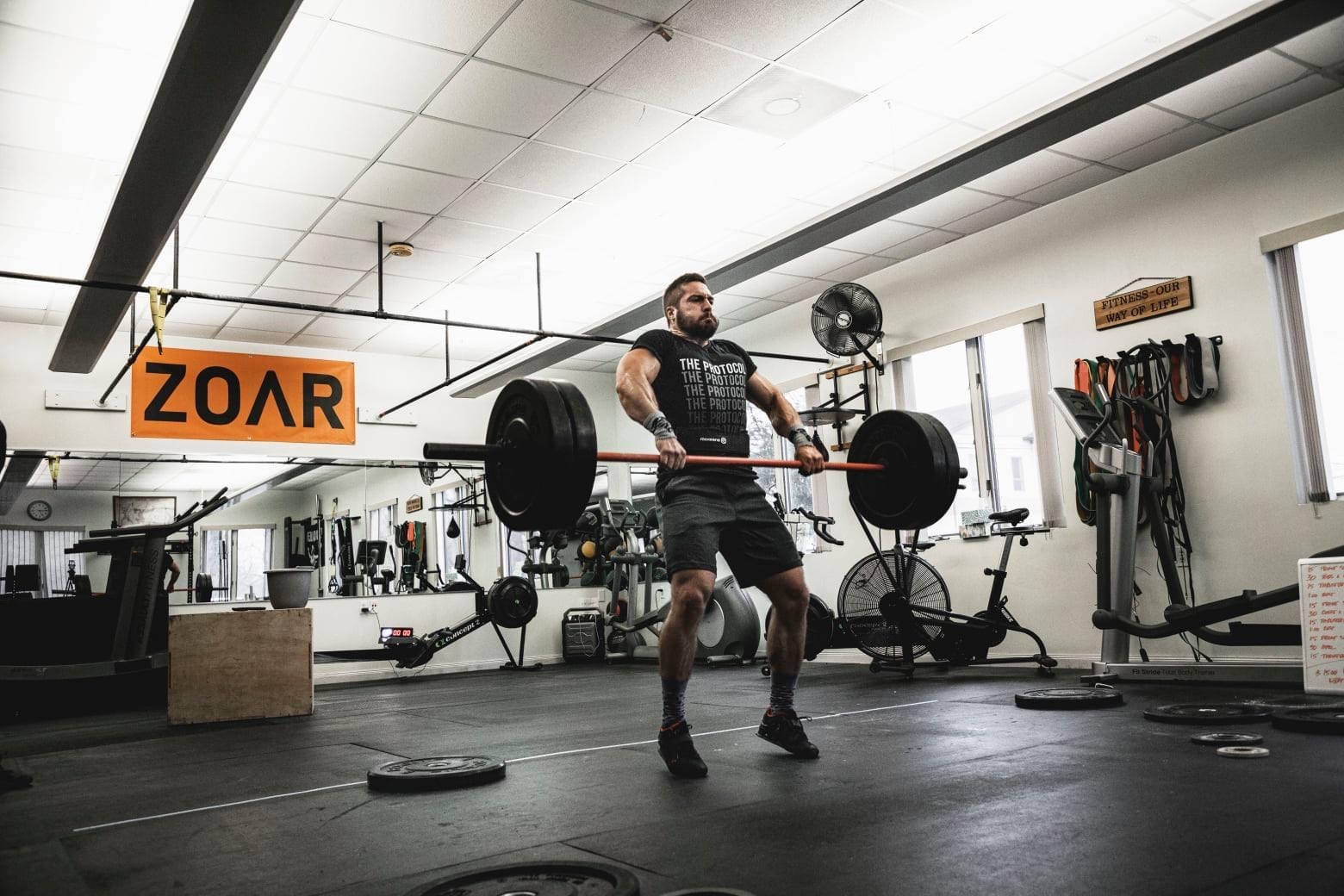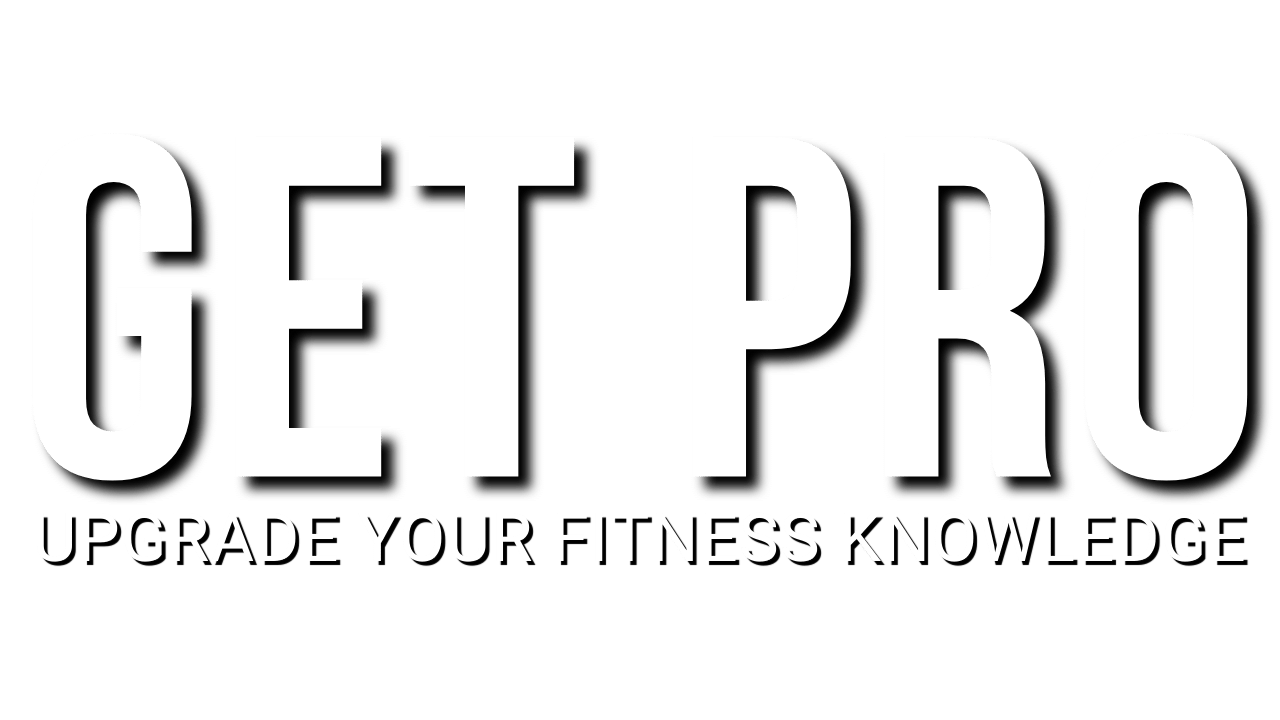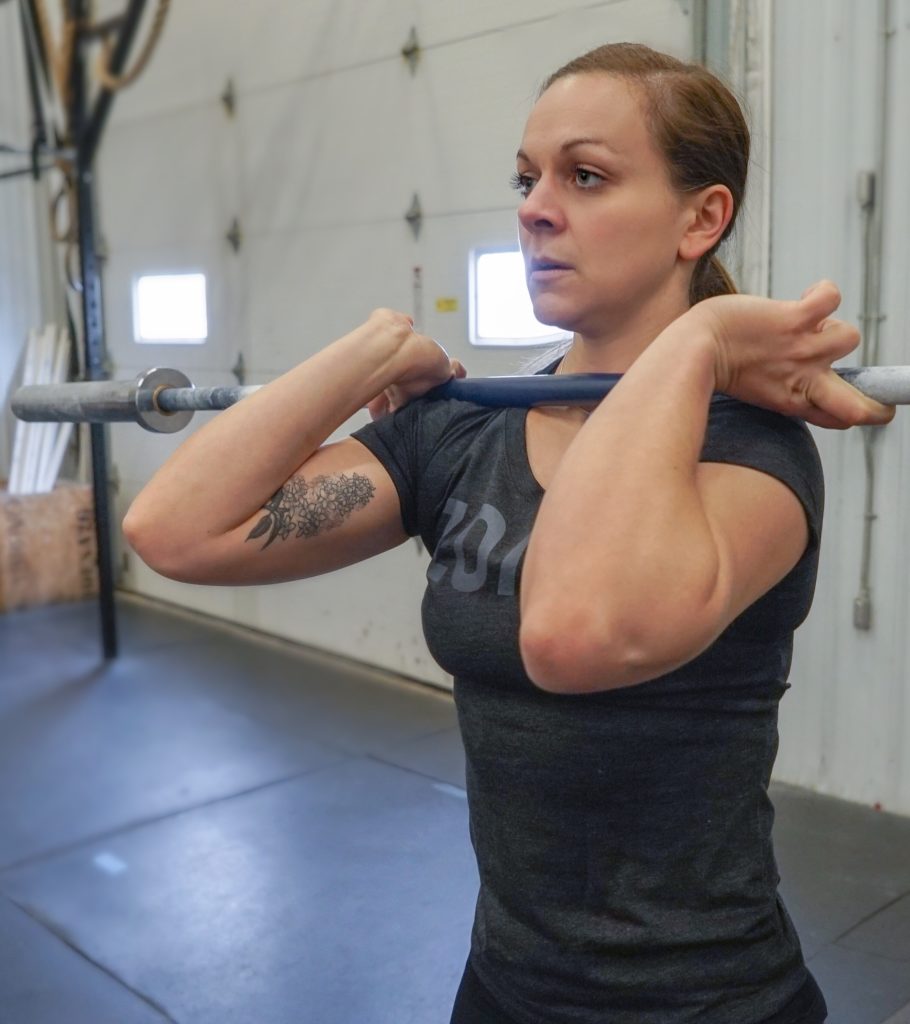Outline
Part 1: Lifestyle & Limitations of Thermoregulation (Physiology)
Part 2: The Heat, The Cold, Training, Competing (Application)
Lifestyle (Circadian Temperature Changes)
Myth: Each person has a “set point” at 37 degrees Celsius (98.6 degrees Fahrenheit)
Truth: Each person has a slightly different average core body temperature & that temperature will fluctuate throughout the day
Fluctuations in temperature are normal & necessary, and they correlate extremely strongly with someone’s circadian rhythm.
Circadian Rhythm: Biological clock that promotes sleep and wakefulness in approximately a 24-hour cycle.
Temperature Minimum: ~2-3 hours before you wake-up
Your core temp will continue to rise throughout the day until approximately late afternoon, then it will begin to fall again.
Why does this matter?
It’s about optimizing sleep & wakefulness.
For sleep, align your actions with the direction you want your core temp to go.
• e.g. An AM workout helps raise your core temperature, promote alertness and anchor your circadian clock.
For wakefulness (aka. performance), align your circadian clock with your sessions to optimize performance in various times of day
• this has implications for Qualifiers vs. In-Person Competitions
Thermoregulation: Physiology & Limitations
Let’s focus on the extremes, when we are either overheating or freezing (hyperthermia or hypothermia).
Metabolism = 80% Heat Production + 20% Output (work)
4 Ways Humans Cool-Off
Evaporation: Our sweat turns from liquid to gas – as it changes state it takes a lot of energy (heat) with it
Radiation: Heat moves (radiates) from the surface of your skin into the space around (e.g. standing in the sun to warm up on a cool day)
Conduction: Heat transfer through direct contact (e.g. putting your hands on a coffee mug) (e.g. CrossFit Games 2010 Event 9: Athletes doing Hand-release Push-Ups on black rubber matting in the sun.)
Convection: An effective means of cooling that occurs through the swirl of particles (e.g. an airfryer & a whirlpool hot tub)
“Water conducts heat away from the body 25 times faster than air because it has a greater density (therefore a greater heat capacity). Stay dry = stay alive!”
United States Search and Rescue Task Force
So heat leaves the body (from the skin) through those four means, but where does heat get produced?
The Muscle.
The only way heat gets out of a muscle is in the blood.
Dr. Craig Heller
Blood travels from the muscle, back to the heart, then to the superficial blood vessels of the skin.
Being “flush” is a result of having more blood in your skin.
If a muscle contracts too strongly where the heart can push through it and maintain blood flow, blood (and heat) gets trapped in the muscle.
So knowing CrossFit is going to pose unique challenges to thermoregulation, we need spend some time preparing for the varying demands that could come up in competition to limit the likelihood that thermoregulation is the thing that limits or derails our performance.
Heat & Cold (Passive Modalities)
(1) Environmental Exposure
• build resilience & limit liability (don’t wear a coat, but have one)
• don’t turn on climate control in your vehicle
• be “cheap” with your electric bill – keep it colder in winter, hotter in summer
(2) Sauna
• Length Varies by Type: infrared vs. steam (10-60+ min)
(3) Hot Shower / Hot Tub
• Length varies by temperature (10-30+ min)
(4) Cold Water Immersion
• Ice Bath (or) Cold Shower (3-10min)
• The cold is also a great way to learn to calm anxiety and control your breath & state
Training Best Practices
(1) A Thermogenic Warm-Up Improves…
• Blood Flow (CO2 causes vasodilation)
• Force Production (muscle contractility)
• Positions (Range of Motion & Elasticity)
(2) Rehearsal & Rest
Rehearsal: specific prep that mimics the movements, rep schemes and paces of the test to come
Rehearsal
2:00 AirBike @ Ramping Pace
…
2 Rounds @ Workout Pace
-3 sHSPU
-6 Pistols
-9 Pull-Ups
“Mary” (Test)
AMRAP 15:00
-5 sHSPU
-10 Pistols
-15 Pull-Ups
Rest: allow for adequate time between your rehearsal and the start of your test to allow for core temp & heart rate to return to an optimal level, and for the removal of metabolic wastes (clearing of fatigue).
(3) Flush Cool Down
Flush: Easy cyclical aerobic activity that pushes blood through the muscle and helps restore normal temperature and clear metabolic wastes.
Sample Protocol (Post “Mary”)
5-10min AirBike @ Recovery Pace
*return to nasal breathing as soon as you are able
+
3 Rounds
-1:00 Foam Roll Lats
-1:00 Couch Stretch / leg
Competing
Acclimatization
• takes approximately 14 days to fully become adjusted to a new climate
• do what you can to mimic the conditions you expect to compete in while you are training
• if you plan to compete in the heat: workout mid-day, don’t use a fan, wear layers, supplement with a sauna or hot tub
• if you plan to compete in the cold: consider bouts of cold water immersion or cold showers, workout when it is the coolest (when the sun in low in the sky)
• if able, travel to the location you are working out in early enough to fully adjust to the climate and time zone
The Day Before Competing
• prepare clothing (options with multiple layers), hats, hot hands (packs), extra changes of t-shirts, shorts and undergarments
• hot conditions: smoothies, frozen drinks, cooler with frozen fruit or cold snacks
• cold conditions: soups, stews, hot tea or coffee in a thermos, microwavable food that is easily digestible
While Competing
• take advantage of pre-cooling if you are able
• intra-event cooling (position yourself in the shade or by a fan)
• wear light colors & breathable materials
Between Events
• after each event, cool off as quickly as possible
• get out of the elements (temperature, sun, noise)
• towel off and change clothes (don’t let sweat sit)



1-on-1 Remote Coaching
• Customized workouts tailored to your needs
• Video calls with your coach every training cycle
• Video analysis – having “eyes” on your technique
• Strength & Energy Systems Testing
• Access to Pro (Articles, The Vault, The Protocol)
• A “Welcome to the Team” box of ZOAR gear
• No commitment. Pay monthly. Cancel Anytime.
Ready to join the ranks?
Email me to start the next chapter in your journey.
